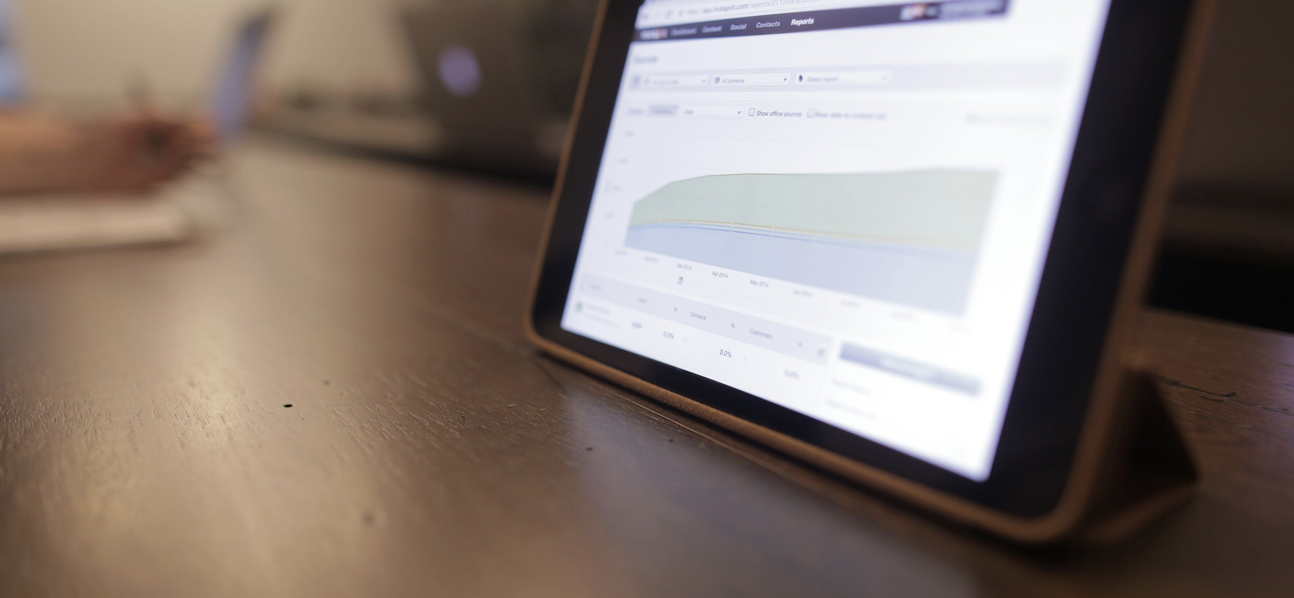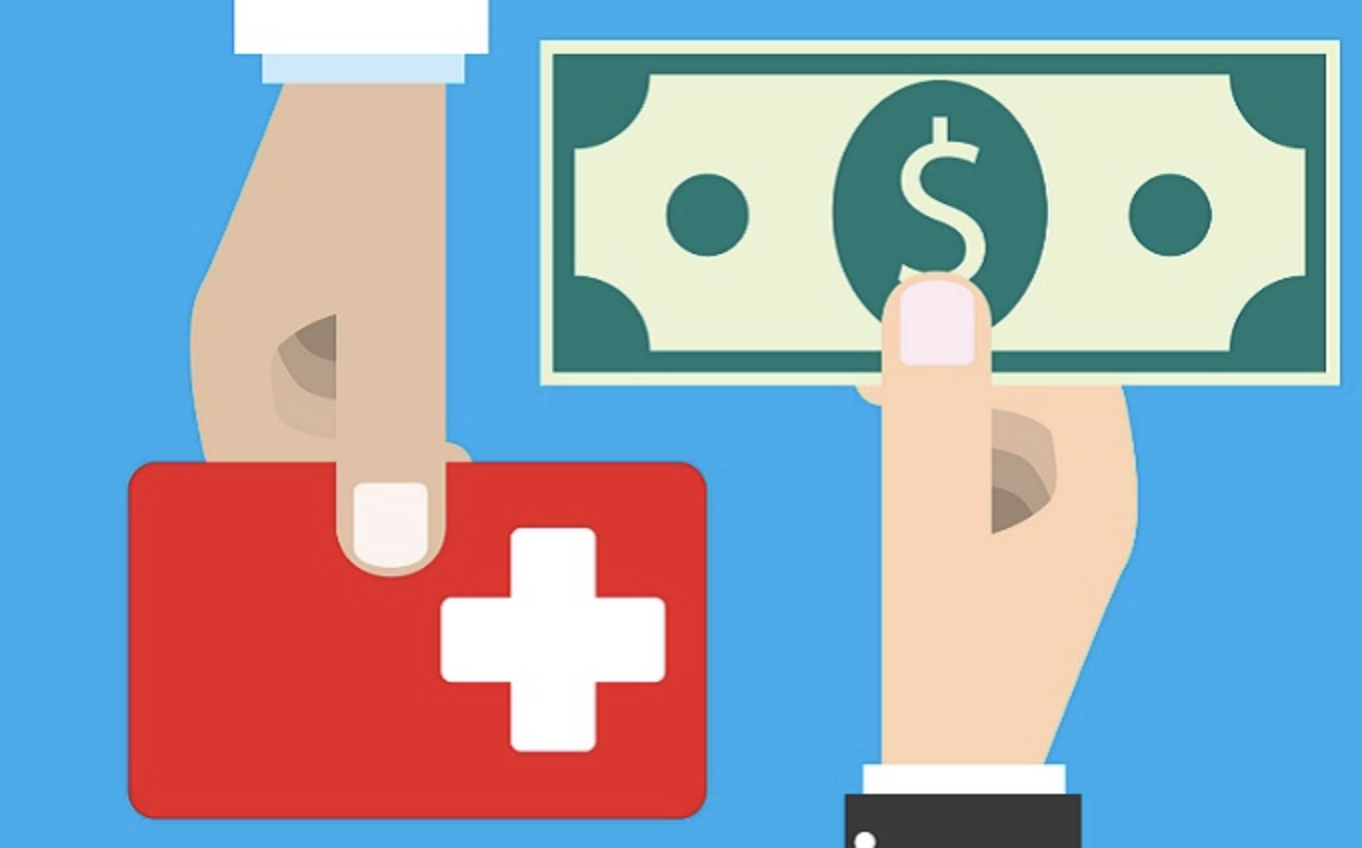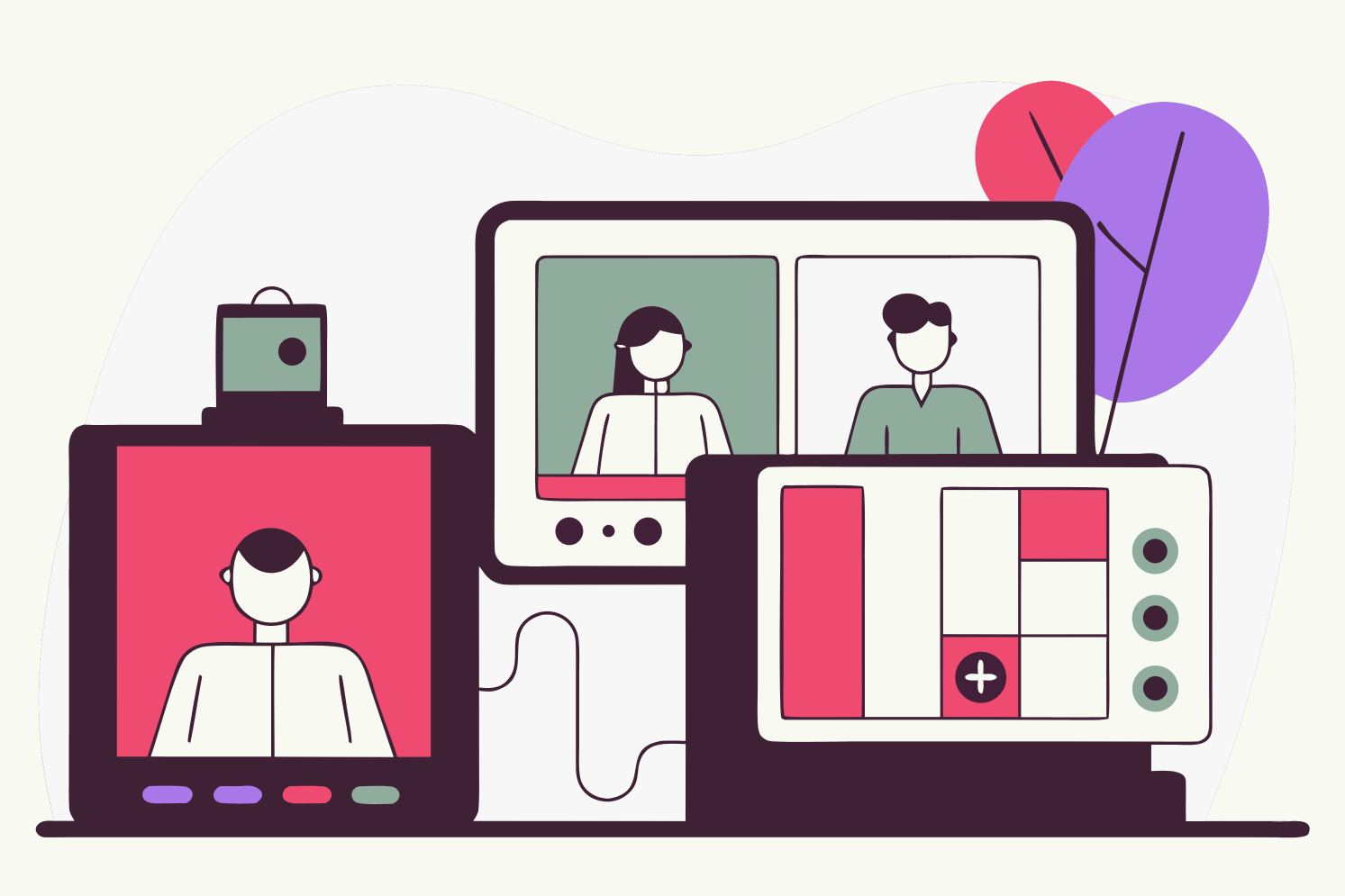If you’re reading this, you probably already know something about Remote Patient Monitoring (RPM). But for those in the back, we’ll give a quick rundown.
RPM is a reimbursable telehealth program oriented towards those with—or at risk of developing—a chronic condition. For example, if a patient has hypertension, a provider might provide a Cellular blood pressure cuff and ask the patient to take a daily measurement. An RPM software platform (like 1bios) will automatically collect the measurements, create alerts and send messages, provide monitoring dashboards for a monitoring team, track the time spent reviewing the data, and optionally integrate to a provider EHR.
Using RPM is like sending a virtual nurse home with your patient to keep an unflinching eye on vital health information. The monitoring devices are your eyes and ears, sending regular reports back to mission control.
All parties—patients, providers, and payers—can benefit from an RPM program. Patients are reducing their risk of hospitalization and long-term health costs while improving health status with the support of a technology-enabled “always on” care team. Providers are able to deliver enhanced virtual care and grow their virtual care revenues while attracting and retaining patients. Payers reduce the total cost of care by preventing hospitalizations, adverse acute health events (e.g., heart attacks), and can improve or stabilize their overall health status.
RPM is the embodiment of the “Triple AIM of Healthcare Reform” in the United States. The Triple Aim explained, “Improving the US health care system requires simultaneous pursuit of three aims: improving the experience of care, improving the health of populations, and reducing per capita costs of health care.”
If you’re as interested in Remote Patient Monitoring as we are (we built a whole technology platform around it starting back in 2014!) then keep reading to find out how to get started. We have rolled out RPM to 50+ healthcare organizations, ranging from single-provider practices to health systems and insurance companies. These are our key findings that will help you run a successful RPM program.
STEP 1: Identify your initial target patient groups
Let’s start with the basics. The first question you need to answer is, do you have patients who can benefit from RPM? You almost certainly do. At least 20%–100% of your patient population has one or more of the following diagnoses:
- Hypertension
- Diabetes
- Obesity
- COPD
- Heart Disease
These conditions are the best fit because they affect the most people while using the most cost-effective and easy-to-use monitoring devices in 2021. The devices collectively share common benefits. They are inexpensive, easy to use, and accurately deliver the measurements you can use to monitor and help patients improve their health.
At 1bios, we support FDA-approved devices for any budget and population to monitor blood pressure, resting heart rate, pulse oximetry/SpO2, glucose, weight, daily steps, daily sleep, daily active minutes, continuous heart rate, continuous glucose, heart rate variability, stress, and more.
STEP 2: Identify your RPM revenues
Once you’ve determined which patients would benefit from an RPM program, you’ll need to ensure you can fund it. The most popular approach is via payer reimbursement. CMS/Medicare started to reimburse for the current RPM model in January of 2020. There are also many large commercial national payers (UnitedHealthcare, Humana, etc.) that cover and reimburse at levels similar to Medicare. Twenty-two (and counting) Medicaid programs also offer reimbursements. A successful RPM program will reimburse between $100–$200 Per Patient Per Month (PPPM) for CPT Codes 99453, 99454, 99457, and 99458.
Reimbursement is not the only funding approach. Preventing hospital readmission, concierge care bundles, and cash pay (patient out-of-pocket) can also work. The funding will help you cover the three primary expenses of an RPM program: software (i.e., the RPM platform), hardware (i.e., the monitoring devices), and people (i.e., the monitoring/care team). These expenses are listed in ascending order by cost.
Want to learn more about typical RPM revenues and expenses? Schedule a meeting.
STEP 3: Choose an RPM platform partner
You will need an RPM platform and overall solution partner to help deliver a program that benefits your patients and your organization. This is what we do at 1bios, and we have a flexible, modular approach that might be a good fit for you. Here is a checklist of 22 key requirements you should consider:
22 Key requirements for your RPM platform:
- Easy to use for any care team via web and mobile portal
- Automated alerting engine
- Automated monitoring days compliance tools
- Automated virtual care time tracking
- Email, text, and HIPAA secure messaging (1 to 1, or 1 to many)
- Optional integration to your EHR or other system
- Optional patient-facing web and mobile portal and downloadable app
- Ability to white label the platform under your brand
- Supports a wide range of Cellular and Bluetooth devices
- Care team portal can be used by your team, or third-party team
- Aggregated billing reports/exports
- Also supports Chronic Care Management / “dual enrolled”
- Software integrates to at least 5 different device manufacturers
- Supports both Cellular and Bluetooth devices
- Does not require you to use or pay for a specific device
- Support for blood pressure cuffs, glucometers, weight scales, pulse oximeters, thermometers, smartwatches, consumer wearables, continuous glucometers
- Support to gather blood pressure, heart rate, continuous heart rate, glucose, continuous glucose, weight, body fat, BMI, SpO2/Blood Oxygen %, body temperature, heart rate variability, steps, active minutes, sleep
- Support for devices that will take passive measurements
- Patients can also connect their own smartwatches or wearables
- Devices can be ordered with the software system and drop-shipped directly to patients (and/or ordered in bulk for shipping to your facilities)
- Option to finance devices—or purchase directly from manufacturers
- Platform has an in-house device integration engineering team capable of adding the most modern devices (i.e. the most simple to use for patients at the best cost and most accurate readings)
1bios puts all of this technology in place for your organization. We’ve been building our solution since 2014. When you are looking to select or upgrade your RPM partner, make sure you are getting a proven and complete technology solution.
STEP 4: Choose a monitoring team
You will need to have a care team in place when you begin an RPM program. They will review the data and measurements, manage alerts and patient compliance, escalate as necessary, and provide general care management. This time is billable, so you will have a source of revenue to pay for added employees if you want to build out your own in-house team. You may also work with the 1bios monitoring team or another contracted team. If you prefer, you can start with the 1bios team and later decide to bring your monitoring team back in-house. The benefit of working with a 3rd party monitoring team is that you can launch more quickly—and you won’t have to hire or reassign. While working with an in-house team may take more time, it’s generally less expensive, and you have more control and integration with the other aspects of your practice.
STEP 5: Decide which devices to start with
We would suggest that you use a device-agnostic RPM platform partner. This means a partner who is committed to using the best available devices and providing a wide variety of manufacturers. You don’t want to be locked into a specific manufacturer as the RPM device market continues to evolve rapidly, and there is no reason to lock yourself in.
As a reminder, there are two primary types of connected devices: Bluetooth and cellular. Let's look at them a bit closer:
- Bluetooth devices are generally less expensive, but more complex for patients (i.e., they need to “pair” the device to a modern smartphone).
- Cellular devices are generally easier to use, and you may get higher compliance as a result. They are self-contained and work “out of the box.” The patient does NOT need to pair it to a smartphone or even have an internet connection. The cellular device has its own “cell chip” and “data plan” built right in. However, they are more expensive than Bluetooth, including the potential for ongoing data fees. There are also fewer manufacturer options, but we do expect this to change. (These devices have only been around for 1–2 years, while Bluetooth devices have been around for nearly a decade.)
If you have a tech-savvy patient with a smartphone, Bluetooth could be a good option. If you have a non-tech-savvy patient without a smartphone or internet access, then Cellular will be a better choice.
A new generation of connected care
At 1bios, we believe that Remote Patient Monitoring is a critical component of any healthcare organization's long-term strategy and plans. Our best-in-class RPM automation software, turnkey device logistics, and future-proof care team approach will ensure you achieve both short and long-term success.
1bios provides software and solutions that make it easy for group practices and care teams to deliver virtual health programs that generate new revenue and improve health outcomes. To learn more about Remote Patient Monitoring, schedule a virtual meeting, or phone call, today!



